Back in the 1920s the government of Texas decided that a university was needed in the western part of the state. They chose Lubbock, a ranching town on the windswept High Plains, as the future site of the Texas Technical College.
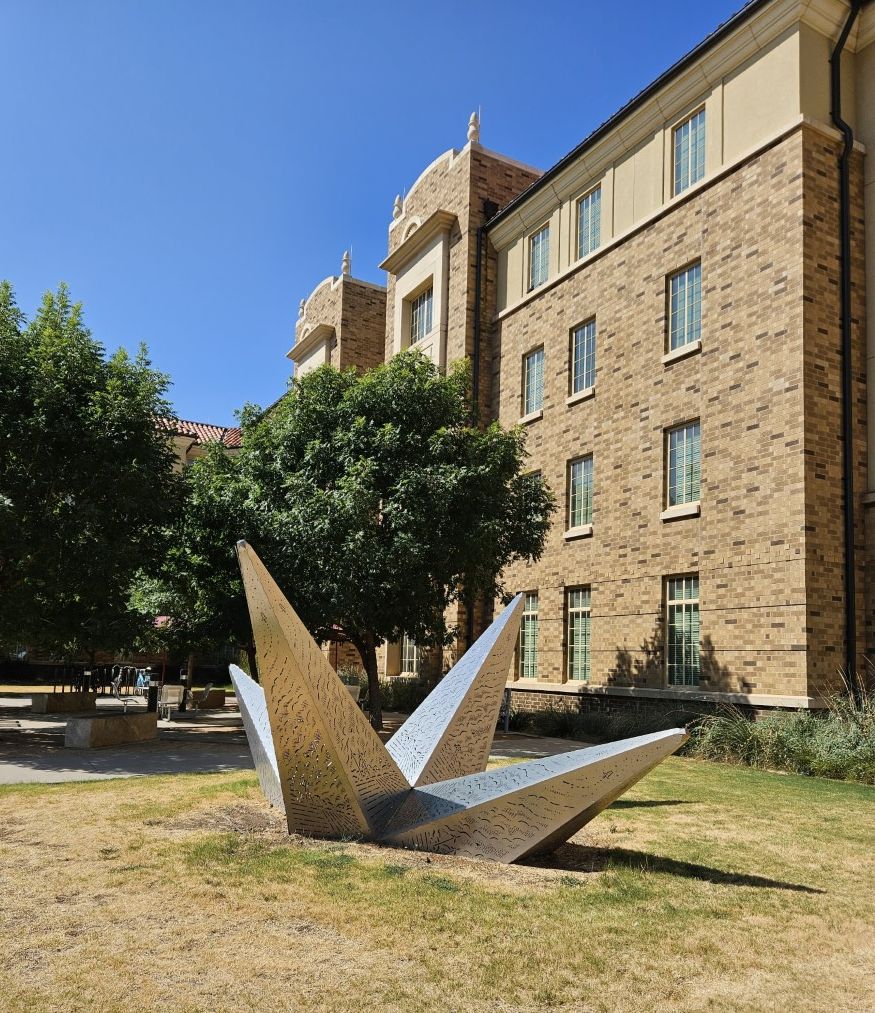
Today, Texas Tech, which opened in 1925, has the largest university campus in the US and is the beating heart of Lubbock. The university is renowned for its medical teaching institutions, its sporting facilities, and its Spanish Renaissance architectural style. College buildings constructed of golden stone blend harmoniously into a drought-tolerant “zero scaping” of native grasses, purple flowering vivex, pink desert willow and scarlet crepe myrtle, enlivened by more than 100 sculptures and installations commissioned as part of an ambitious public arts program.
Brick-paved Broadway, a wide street lined with mission-style buildings and Western storefronts, defines Lubbock’s heritage district. It’s a college town, so along with history, there’s a vibrant energy and a lively underground music scene. Notably, Lubbock is the birthplace of Buddy Holly, whose death in a plane crash at age 23 tragically cut short a sure rise to rock ‘n roll stardom. The Buddy Holly Center, a museum dedicated to his life and music, contains unique artifacts, including his first electric guitar (a 1953 Les Paul Gold Top), his Ariel motorcycle and his signature spectacles, recovered from the plane wreckage remarkably undamaged. A short documentary film traces the genesis of his musical career and the critical influence he had on musicians such as Bob Dylan, The Beatles (named in homage to Holly’s band The Crickets) and the Rolling Stones.
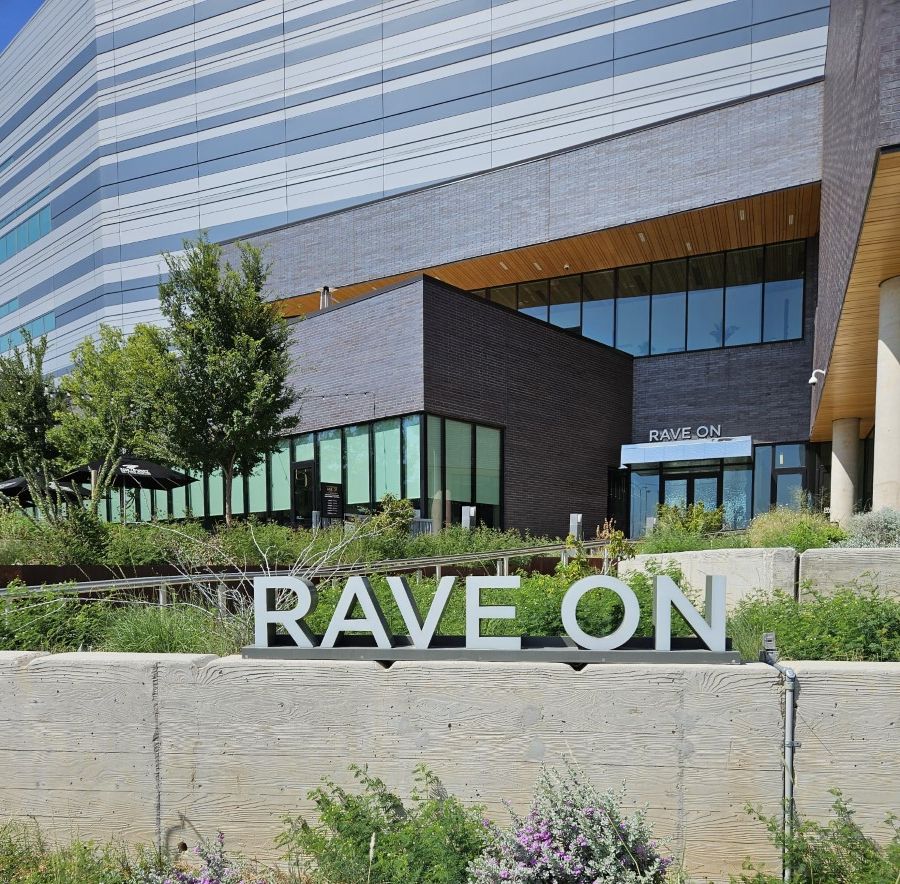
Holly’s legacy is celebrated in The Buddy Holly Performing Arts Center, a state-of-the-art venue anchored by a spectacular “floating” staircase, that hosts the Lubbock Ballet and Symphony Orchestra, visiting Broadway blockbusters and big-name musical acts. Paul McCartney and James Taylor, both inspired by Holly, have played there. Rave On, the Center’s onsite restaurant with an upscale Modern American menu, is an elegant, minimalist space appropriately designed for the Cultural District.
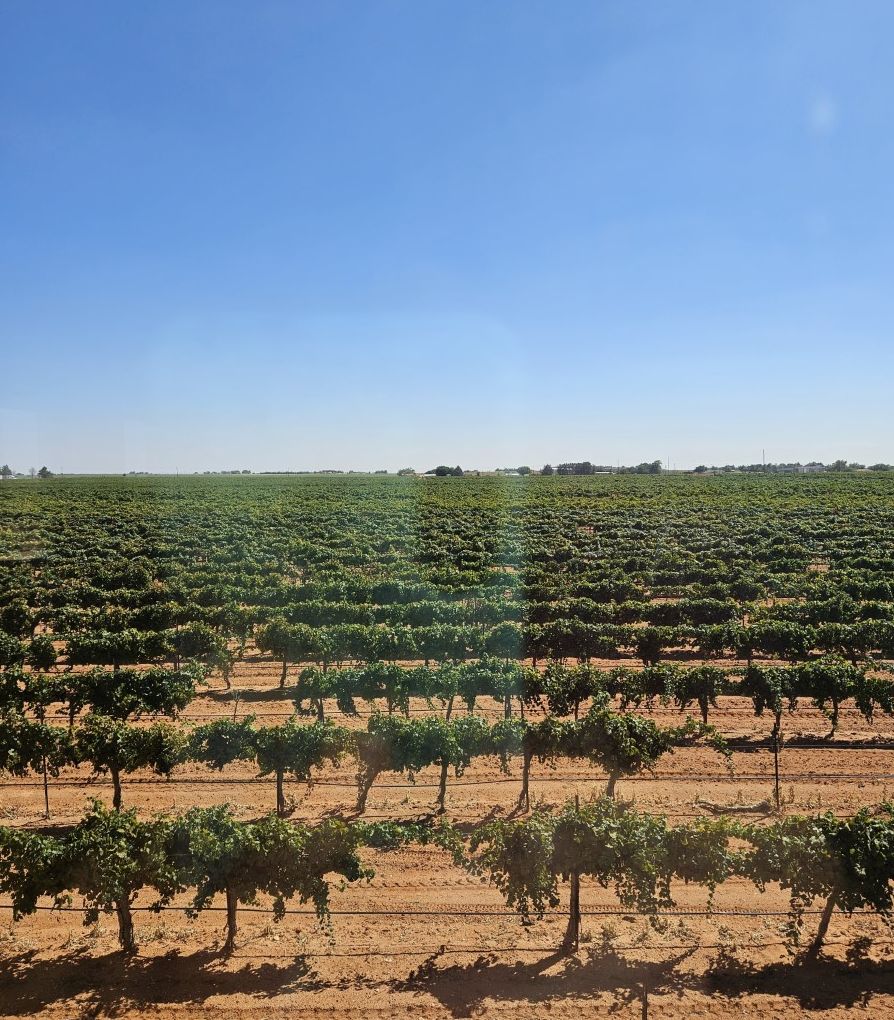
The skies above Lubbock seem supernaturally high, and the rust-coloured plains stretch to a distant horizon in all directions. The first settlers who encountered the flat, broad land planted stakes in the ground for orientation, giving rise to the name The Staked Plains (Llano Estacado). The region was deemed uninhabitable (although the Plains Indians had for centuries proven it otherwise) until the invention of the windmill-driven bore pump that brought water up from the Ogallala Aquifer, a massive underground reservoir that lies beneath the High Plains and portions of eight US states. The Llano Estacado was the last place to be settled in the US, testament to the challenges of climate and terrain in this unique ecological region.
The dramatic landscape, extremes of climate and isolation of the High Plains inspire painters and other creatives who see Lubbock as a canvas for their imagination. The former Lubbock police garage is now home to CASP, a non-profit organisation founded by local artist Charles Adams (b. 1942), that provides work spaces, including a print studio and metal forge, for local and international creators, and a gallery featuring local artists. The Cultural District is also home to LHUCA, a centre for all the arts from performance and film to ceramics and textile arts.
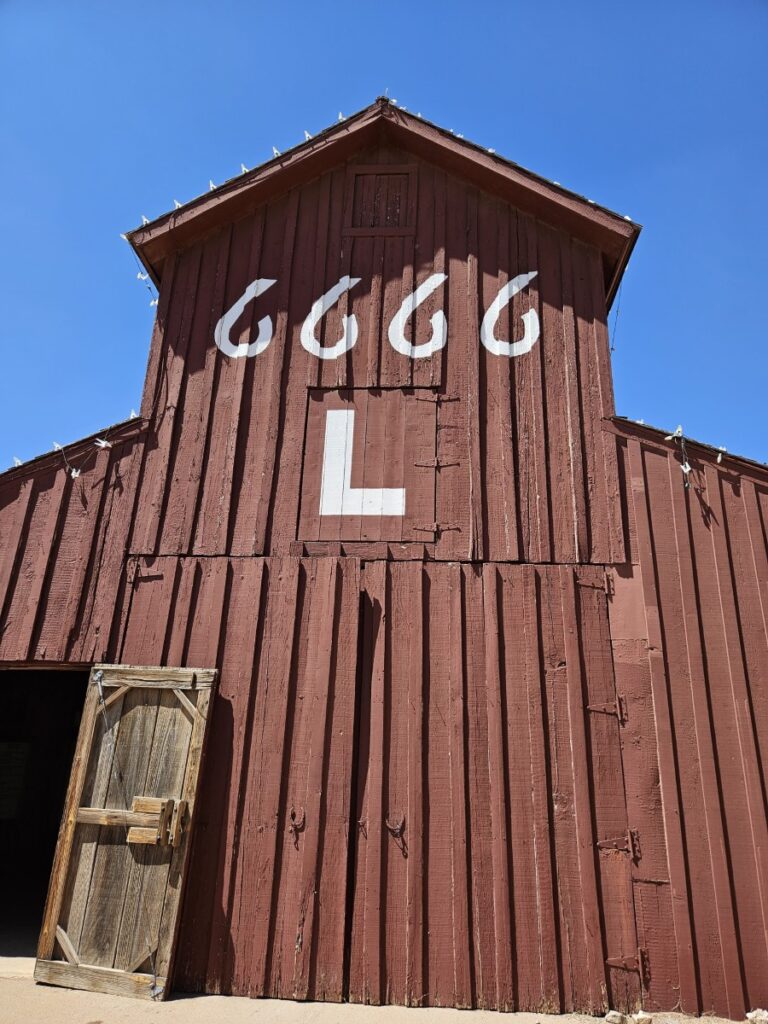
When irrigation came to the High Plains, agriculture and cattle ranching became possible on a large scale. The National Ranching Heritage Center, a 27-acre museum and historical park abutting the Texas Tech campus, traces the development of ranching from 1700s to the 1900s, with authentic buildings and structures relocated from across the region and restored to period correctness. Stepping into dwellings — from rudimentary dugout shelters and farm cottages to sprawling ranch bunkhouses and elegant Victorian homes with the finest finishings of the day, gives a real sense of the journey undertaken by the frontier settlers on the High Plains.
In the 1960s Clint “Doc” McPherson planted a few experimental grape vines, a move now regarded as the birth of the Texas wine industry. The Texas Hill Country north of Austin, and the town of Fredericksburg in particular, is the hub of Texas wine tourism, a major contributor to the state economy. Over 70 percent of the grapes supplied to Hill Country wineries are grown on the High Plains.
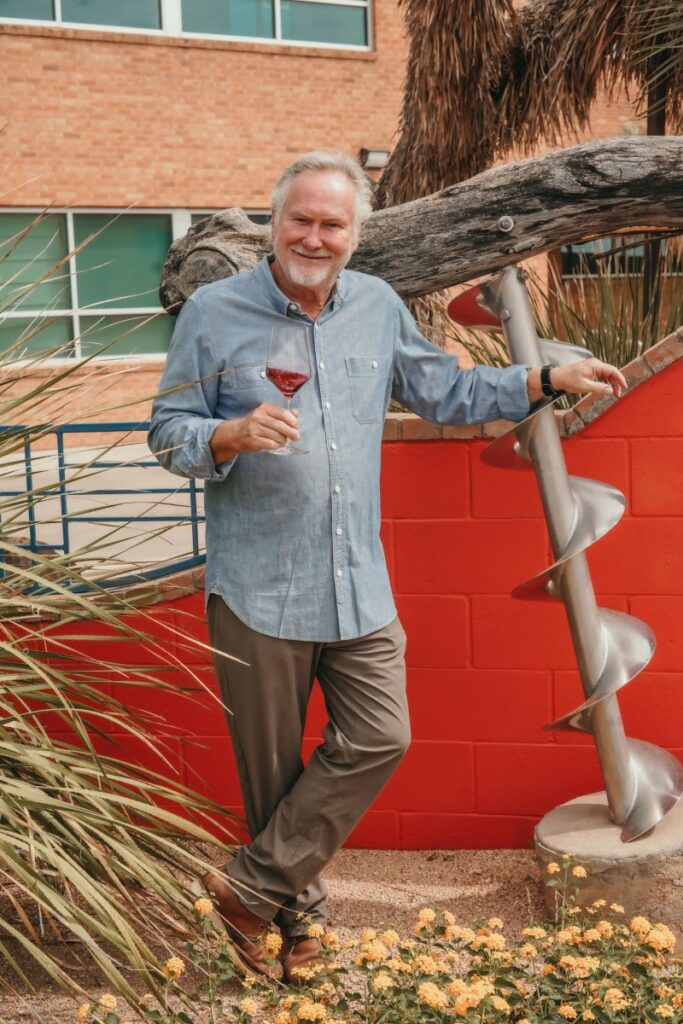
“My Dad was the first to plant Sangiovese,” says Kim McPherson, who compares Lubbock’s climate to Italy and the South Rhône in France and has won numerous medals for his Sangiovese. His winery and tasting room in Lubbock are housed in a former Coca-Cola bottling plant, with vintage coke bottles embedded in a stone wall just one of many intriguing artworks complementing the Streamline Moderne architecture of the original building. One display case that caught my eye contained a Spanish conquistador’s dagger unearthed during the renovation, dated to the 1541 Coronado Expedition.
Another High Plains vintner with an interesting pedigree is Dr Vijay Reddy, a soil scientist and farmer from India who initially grew cotton and peanuts on the High Plains before deciding to try grapes in the 1990s. Today he tends more than 300 acres of vineyard, producing 38 grape varietals that find their way into some of the finest wines in the region, including his own estate wines.
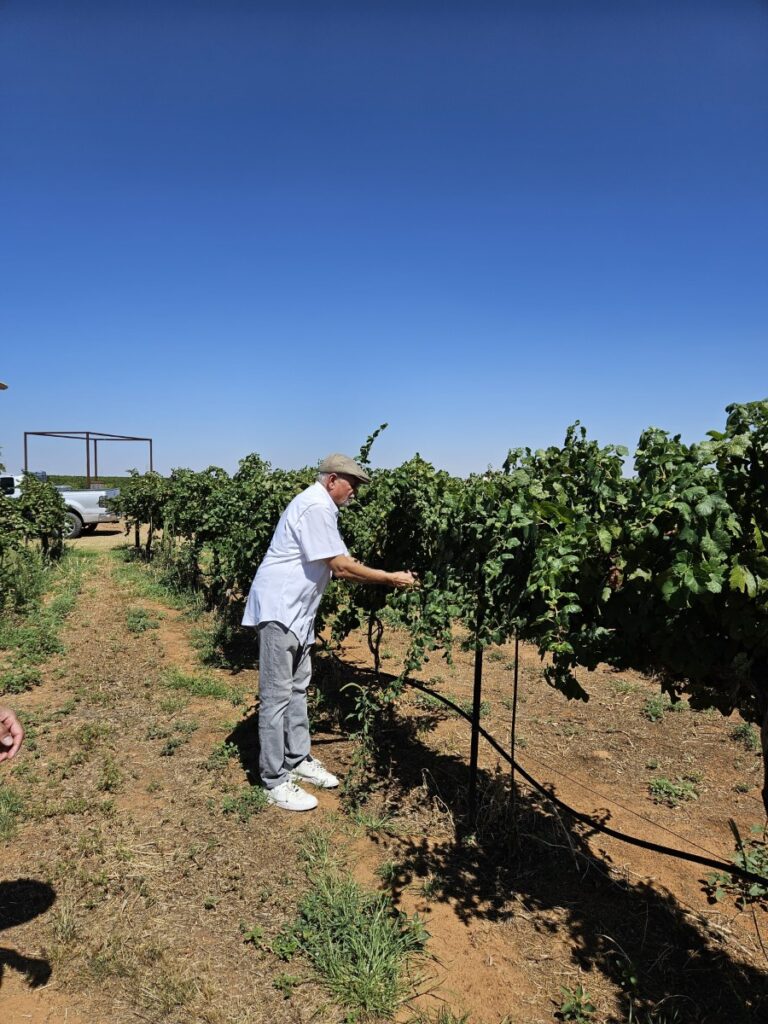
“This red dirt is clay, with limestone underneath,” he explains. “Vines can grow roots 20 feet deep, so they can survive droughts and low rainfall, and the high winds and early freezes we get in this region.” The inorganic soil gives minerality to the wines, exciting South African winemaker Lood Kotze, who crafts Reddy Vineyards’ wines. I was present at the uncorking of Kotze’s first sparkler, a dry, crisp beauty made using the traditional méthode champenoise.
Where good wine is made, food invariably follows. Local chef Cameron West is credited with bringing the farm-to-table movement to Lubbock, sourcing seafood from the Gulf of Mexico and land proteins from Texas for his restaurant The West Table. Raising the bar still further, newcomer The Nicolett was listed among Bon Appetit’s Best New Restaurants in 2022, and Chef Finn Walter was named a semi-finalist in the James Beard Award for Best Chef: Texas.
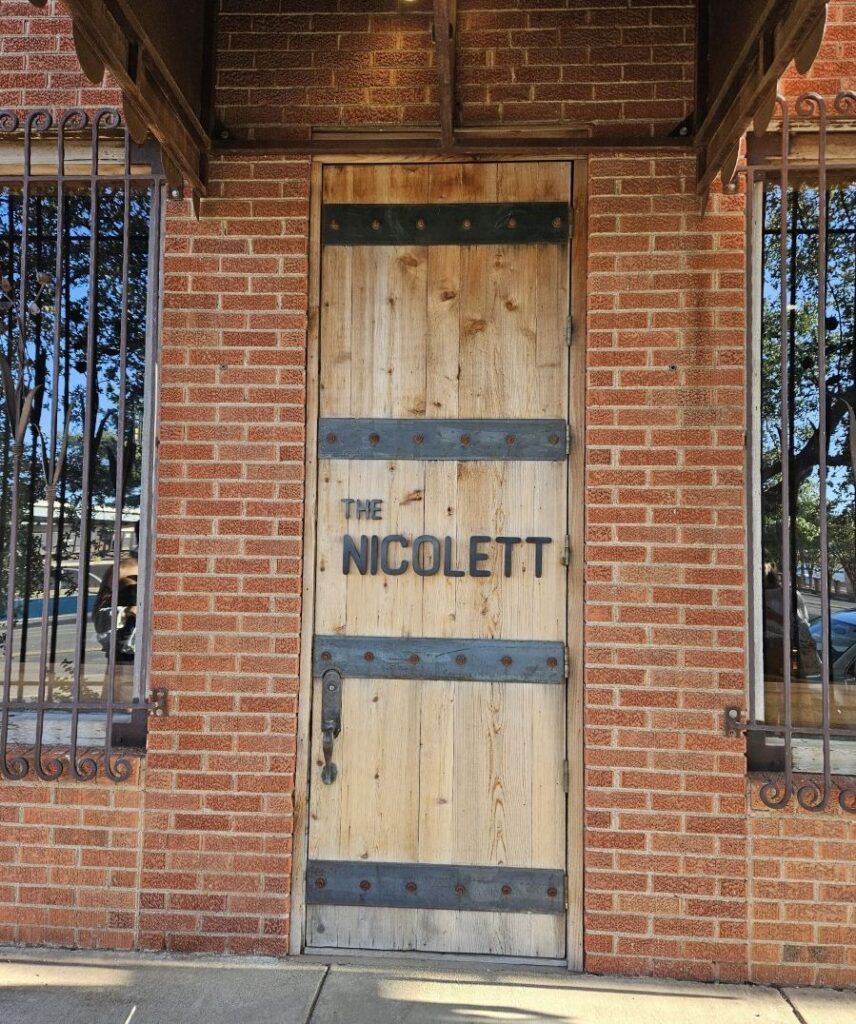
The Nicolett is beautiful – a casita-style red brick house with ironwork grilles built in the 1920s, adjoining a sandy courtyard strung with lights and a stained-glass greenhouse that serves as a stunning private dining room with stars visible through the vaulted ceiling. The menu is unique, showcasing High Plains cuisine with hyper-local ingredients such as yucca, cactus and other desert plants, and meats such as wild boar and elk. Elk tartare studded with green chiles, tomatillos and nopales; trout in a rhubarb broth; and the Desert Daisy — a stunning, neon pink cocktail made with prickly pear — were standouts in an exceptional meal.
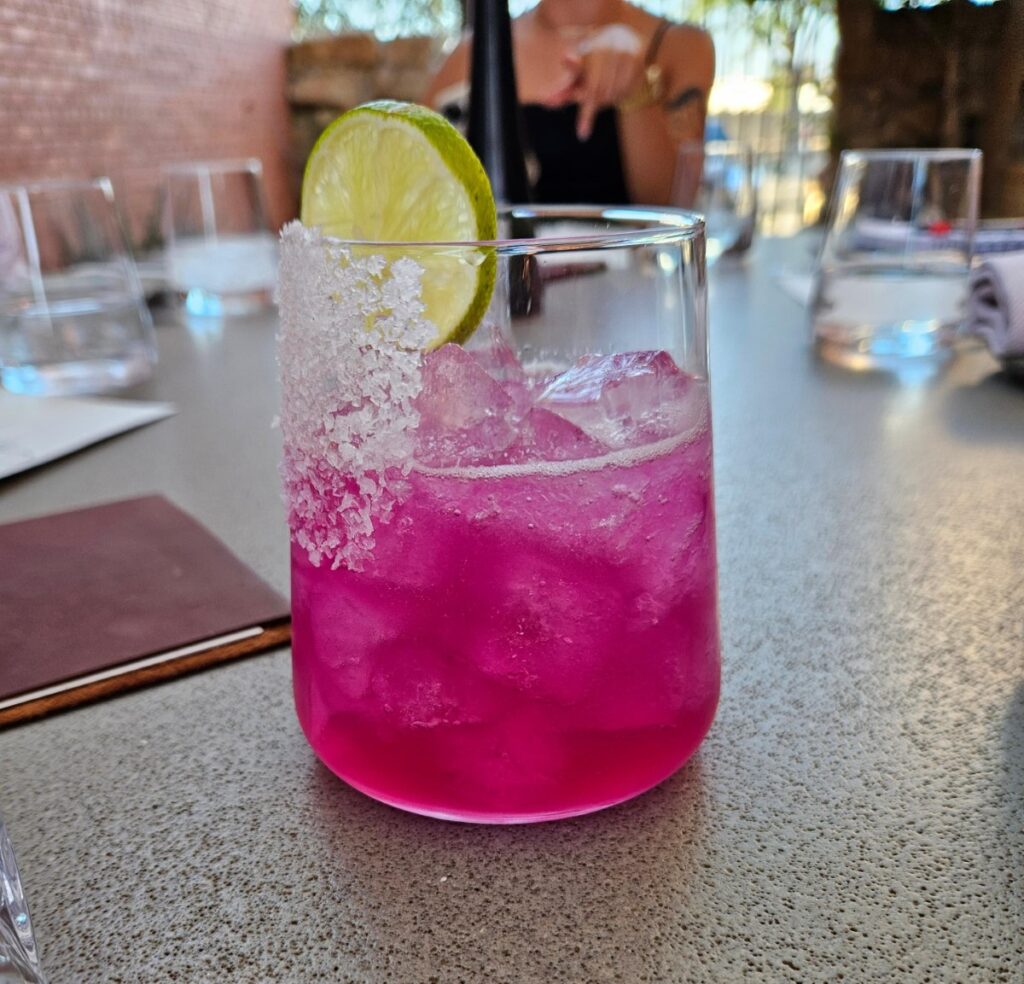
Kim McPherson’s wife Sylvia is the force behind La Diosa (the goddess) Cellars, a gorgeous, welcoming space with a Mexican folk-art vibe, rich carpets and comfy sofas, an enormous backlit bar and a menu designed for sharing. A lengthy wine list with a good selection of Texas vintages available by the glass lends itself well to a leisurely meal of tasty tapas, including warm olives and Marcona almonds; sardines in roasted garlic butter; loaded flatbreads and the house special, albondigas in a red wine sauce.

It wouldn’t be Texas without barbecue and I probably shouldn’t be surprised to learn that Texas Monthly has its own dedicated barbecue critic. His name is Daniel Vaughan and when he stumbled upon a food truck in Lubbock, everything changed for its owners, Arnis and Mallory Robbins. Their bricks and mortar restaurant, Evie Mae’s Pit Barbeque, draws sellout crowds hungry for the succulent output of the three massive smokers (Shadrach, Mesach and Abednigo) Arnis and his crew tend out back. Cheese grits flecked with roasted New Mexico chiles, and the melt-in-the-mouth brisket, fragrant with the smoke of Texas white oak, are tastes I won’t soon forget.
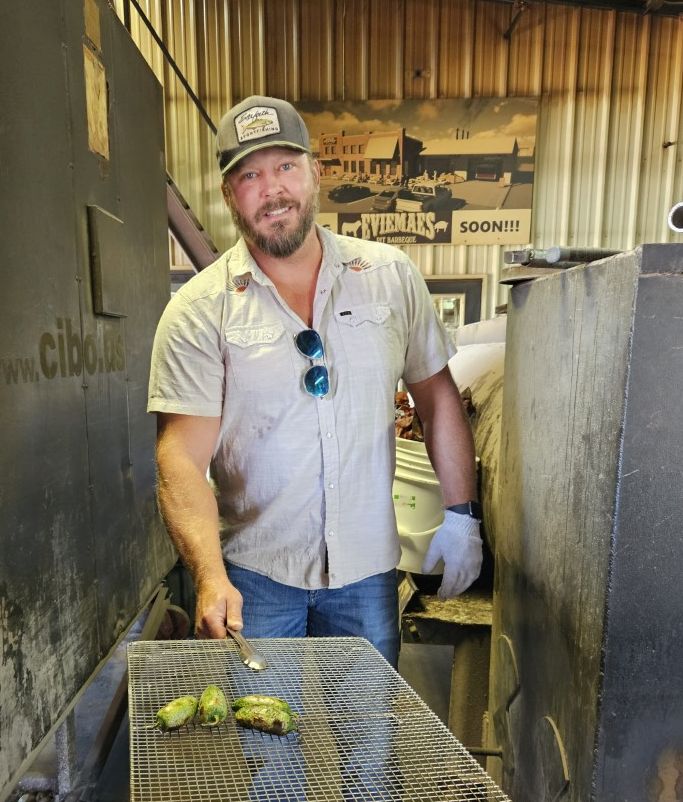
Another place you’ll want to hit early is Cast Iron Grill, not just for the heaping-plate Southern breakfasts, but for the pies, which routinely sell out by lunch time. Owner Teresa Stephens felt the Lord called her to make pie and her creations, all made by hand with top-shelf ingredients, are heavenly indeed. Four or five different varieties, from a rotating menu of 40 or 50 pies, are available each week — Buttermilk Chess, Strawberry Fudge Cheesecake, and a towering Butter Pecan – coming fresh from the kitchen when I stopped by.
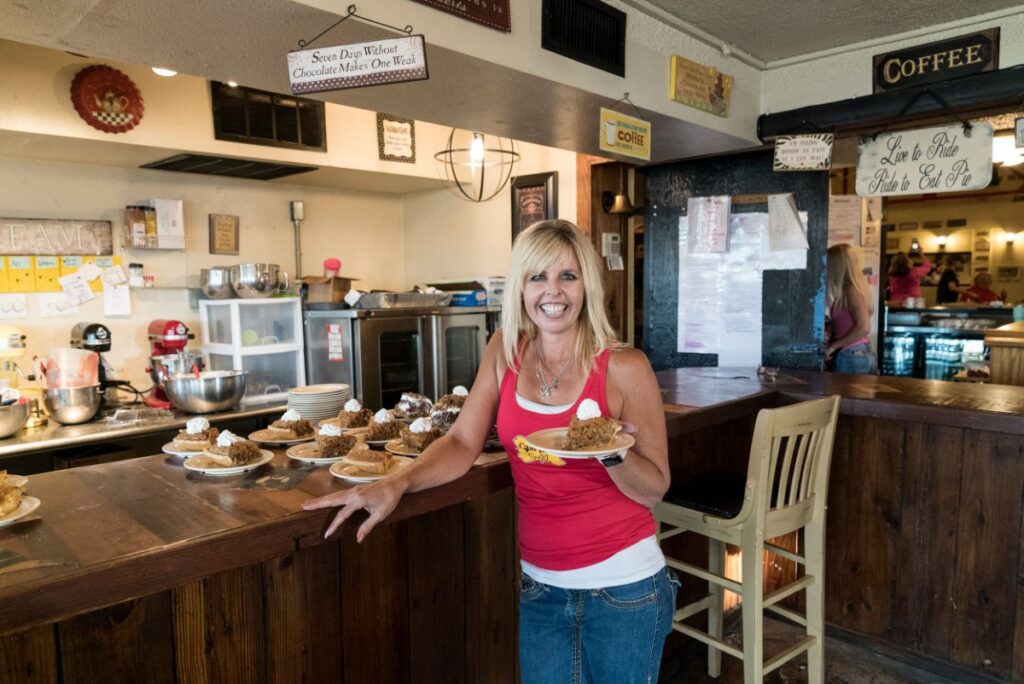
The entrepreneurial spirit seems to thrive in the dry desert air. Backyard brewers (and full time doctors) Tyson Purdy and Eric Cunnningham turned their hobby into a business. Two Docs Brewing Co. is a craft brewery and German-style beer garden where kids and dogs can play while parents sample brews like Joyland Pilsner – named for a vintage Lubbock amusement park – and Lubbock Lights, referencing the reported UFO sightings that brought Lubbock to national attention in 1951. For non-drinkers, or those who need a pick-me-up between pints, there a Nitro Cold Brew Coffee made in partnership with local roasters Monomyth Coffee. That business, housed in a converted bungalow on Broadway, was launched by two college graduates with a Kickstarter program. Their motto – “Aim high and have a better day” – is simple but pithy. Set your sights on Lubbock — the Hub City of the High Plains — and take it from me, you will have a better day.


